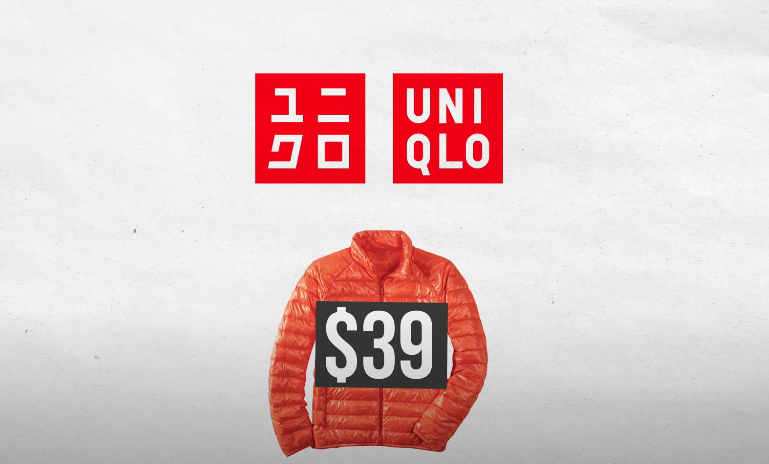Non-fungible tokens (NFTs) have blasted out of the ether these past few years. From videos and images to a single tweet, many digital assets, like VeVe Digital Collectibles, are selling like hotcakes— bought quickly, though in millions of dollars. But are these NFT worth the hype? Others believe that NFTs will continue for a long time and change the course of investing forever, yet some experts conclude that they are a bubble that will surely pop.
Now let’s discuss non-fungible tokens per word in a new perspective.
Non-fungible
We often hear about NTFs, but what exactly are they? Non-fungible tokens are non-replaceable tokens, which in a nutshell means you cannot replace them as there’s only one existing.

For example, you want to buy an orange jacket. You found one on Uniqlo, you buy it, and they send one to you. Still, other people can order the same jacket that you ordered until their stocks last. The jacket is fungible, and it is replaceable. However, let’s say that the orange jacket you bought left a sentimental value to you. Even if you can buy the exact model, color, and size on the website again, it will never be the first jacket you bought, and thus it becomes non-fungible.
It already has an emotional attachment to you, and it has significance because there is none like it in value.
Tokens
Token is a techy word that is interconnected to the blockchain.
Suppose you want to buy three slices of pizza amounting to $6 from your favorite store. But you don’t have cash anymore, so you decided to pay through your bank card. The moment you swipe your card to the store’s terminal, a message will be sent to your bank, and your bank will send the money to the store’s bank.
This is the daily bread of banks— documenting every transaction from their customers, sending out money to other banks, and making a rundown of all spent amounts.
Keeping accurate and meticulous records is crucial for every bank. With the rise of the internet, people thought if they could coordinate the same transaction without having banks as a middleman. And there, savvies come up with blockchain.
Blockchain is performing the same process as banks do. However, instead of having a private bank-to-bank transaction, blockchains transaction are recorded publicly on the internet.

Now let’s take our previous example in the crypto world. The pizza store charged you 6 crypto coins, and you swipe your proverbial bank card and pay for the coins. Instead of having the bank process and document the transaction, it goes on the private internet record where people worldwide keep track of all crypto transactions.
If you have enough coins to pay, all computers will notice a discrepancy, and they have the right to reject your transaction. If you have enough balance to pay, the transaction will be verified.
In blockchain technology, a group keeps track of every transaction’s authenticity and goes through all your transactions to ensure things add up.
What is a non-fungible token?
An NFT is a digital asset that embodies real-world objects like music, videos, game items, and art. These items are bought and sold with cryptocurrency online. Even though NFT has been around since 2014, it is gaining notoriety due to the increasingly widespread way of buying and selling virtual artwork.
NFTs only have at least one-of-a-kind limited run and have identifying codes. This raises stark contrast among digital works, which most have an infinite supply. Therefore, cutting off some supply would raise the value of an asset, especially if it is in demand.
For example, Mike Winklemann’s craft “EVERYDAYs: The First 5000 Days” was sold for an extreme record-breaking amount of $69.3 million.
It’s crazy why people would spend millions on something that anyone can view on the web for free. But they willing to spend that much because an NFT gives ownership and built-in authentication to the buyer of the original item. Most collectors value “digital bragging rights,” perhaps more than the item itself.
How do NFTs work?
Most non-fungible tokens, at a very high level, are part of Ethereum’s blockchain. Like dogecoin or bitcoin, Ethereum is also a cryptocurrency. However, it has a blockchain that supports NFTs that works differently from an ETH coin. Other blockchains can work for their own NFT’s.
What Are NFTs Used For?
The non-fungible tokens give way for content creators and artists to monetize their crafts. Artists no longer have to rely upon auction houses and galleries to market their art. Instead, they are allowed to offer it directly to customers as an NFT, which gives them a bigger profit. Moreover, artists may be granted a program in royalties and receive commissions whenever the art is sold to another owner.
NTF Electricity Consumption
We all know that electricity usually comes from power plants that generate fossil fuels that carbonate the atmosphere. And that is the problem with NFTs.
The Ethereum blockchain utilizes 33 TWh of electricity which is insanely around the same amount of power in Serbia. The power consumption of blockchain is raging, and there are no signs of it slowing down.

Key Takeaways
Speculations about the market are about the hypes, and it applies to NFTs as well. People often get excited about new technologies and spend a hefty amount of money to invest, and we are in that stage regarding NFTs. It is novel. However, it’s driving our minds to think differently about how we validate.



